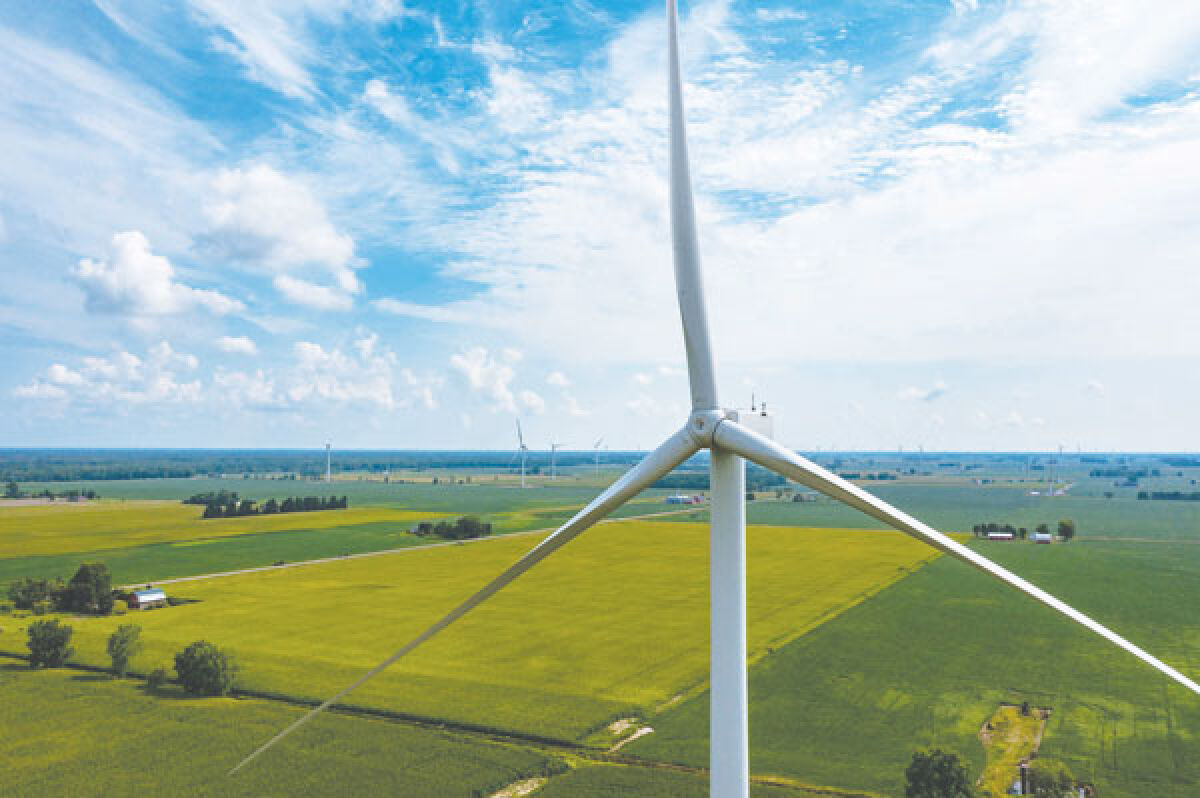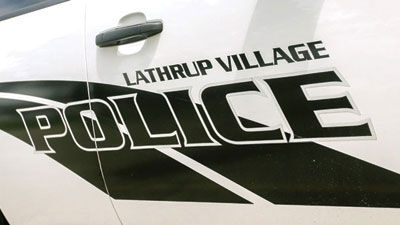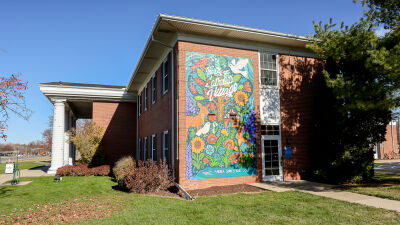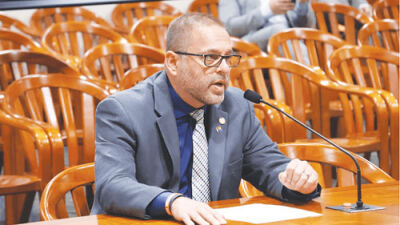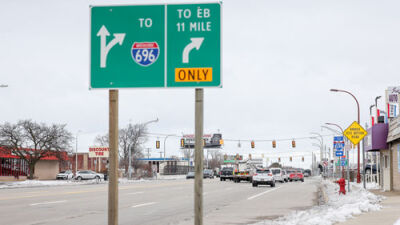SOUTHFIELD — On Aug. 7, Southfield announced its enrollment in DTE Energy’s MIGreenPower program, one of the largest renewable energy programs in the United States, with over 1,300 businesses and 90,000 residential customers.
Southfield is the first Oakland County municipality to enroll in the program, joining other southeast Michigan communities, including Scio Township, the city of Almont and the village of Deckerville.
The MIGreenPower program allows customers to attribute a larger percentage of their electricity use to wind and solar projects, exceeding the 15% that DTE currently contributes. MIGreenPower is customizable without extra costs, allowing customers to opt with 5% of their energy usage, up to 100%. Residential customers are able to change their percentages once per billing cycle. People can utilize a calculator located on DTE’s website to estimate the impact of their participation in the program.
“MIGreenPower is a perfect fit for Southfield because it allows us to reduce our carbon footprint without distracting our attention, time or efforts from serving our residents,” Southfield Deputy City Administrator John Michrina stated. “So with this program, we do what we do best, which is serve our residents. And DTE does what it does best, which is to provide us with electricity. The only difference is the electricity they provide us with under the power program is green. That’s a big difference.”
According to Michrina, Southfield’s enrollment as a city is equivalent to removing over 1,500 gasoline-powered vehicles from the road for a year. The city’s more than 14 municipal building locations are enrolled in the program. However, most of the city locations have more than one building. Michrina added, “If we’re counting rooftops, it’s over 50.”
Brian Calka, the vice president of DTE’s renewable energy programs, explained that MIGreenPower was born out of Public Act 342 of 2016, which stated that every utility in Michigan must offer all its customers an opportunity to attribute a percentage of their electricity usage at their home or business to the output of renewable energy projects constructed in the state.
“If we wind back to 2016, this was based on a state law,” Calka stated. “The program started off at a decent pace, and we had some genuine interest. But what’s happened since around 2019 to the current state is that people are starting to understand and better realize what climate change is and what the impacts of climate change really are. And I think the important thing here is that they’re not just sitting back and observing it. They want to take action.”
He added that in addition to addressing climate change, the MIGreenPower helps the state in another way: All its projects are constructed in Michigan, which brings tax revenue into the townships where these projects are located. “It creates hundreds of construction jobs during the development process. It also creates permanent jobs. Once these projects are online and operational, people need to maintain them and keep them operational.”
According to Calka, with over 50 wind and solar parks, MIGreenPower generates enough clean energy to power around 700,000 residences. By 2025, DTE plans to generate enough energy from Michigan wind and solar power to provide power to over 1 million homes.
“The only downside of this is that while we would be just as green as if we had windmills in our front lawn and solar panels on our roofs, we won’t be visibly green,” Michrina said. “People won’t see the difference. But regardless, we felt this was the more responsible way to go. Because if we were running our own windmills, overseeing our own solar panels, then that’s time, effort and attention that we’d have to take away from serving our residents.”
For more information regarding DTE’s MiGreenPower program, visit https://www.dteenergy.com and search ‘MIGreenPower.’ From there, the energy calculator can be accessed, and enrollment can be completed.
 Publication select ▼
Publication select ▼